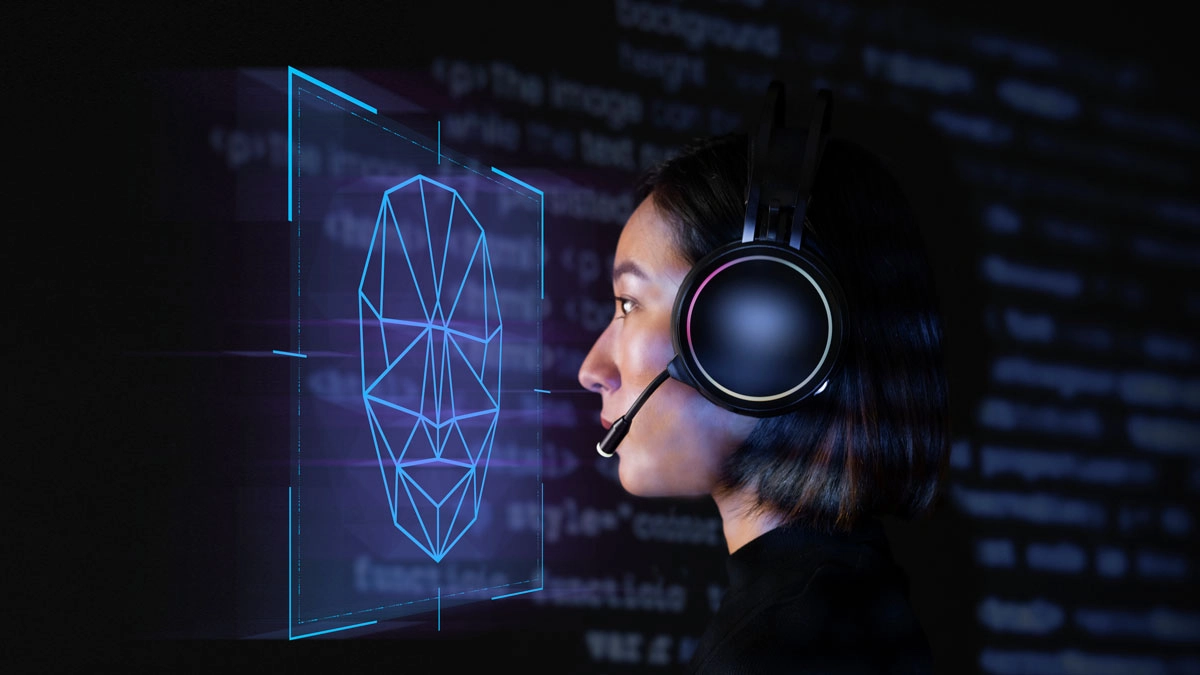When it comes to container security, many organizations focus on the host server or cluster. However, the actual code that makes up the containers themselves is often overlooked. This is a mistake, as vulnerabilities in container code can be just as damaging as those in other parts of the system. That's why performing infrastructure as code analysis (IaC) on containers is so important. By examining the code that makes up a container, organizations can identify potential security issues before they cause problems. IaC analysis can be performed manually or with the help of automated tools. Whatever method you choose, making IaC a part of your container security strategy is important. Working with a partner specializing in container security can help you get started.
In this article, we'll take a closer look at IaC and why it's so essential for container security. We'll also provide tips on getting started with IaC analysis.
What is Infrastructure as Code?
Infrastructure as code (IaC) is the process of managing and provisioning computer data centers and servers using machine-readable definition files, rather than physical hardware configuration. IaC is used to define and manage the resources in a cloud environment or data center. These resources can include virtual machines, storage devices, networking components, and more. IaC allows organizations to automate the provisioning and management of these resources.
Why is Infrastructure as Code Analysis Important for Container Security?
When it comes to container security, IaC analysis is vital for several reasons.
- IaC can help you identify potential vulnerabilities in your containers. By examining the code that makes up a container, you can find weaknesses that attackers could exploit.
- IaC can help you ensure that your containers are compliant with security standards. By examining the code, you can ensure that it meets the requirements of your organization's security policy.
- IaC can help you automate the deployment of security controls. By defining security controls in code, you can ensure they're properly applied to your containers. This can save you time and effort, as you won't need to configure security controls for each container manually.
- IaC can help you manage your containers more effectively. By defining your containers in code, you can version control them and track changes over time. This will allow you to roll back to previous versions if necessary.
- IaC can help you share your containers with others. By storing your containers in a central repository, you can allow others to use them. This can be useful for development and testing purposes.
Overall, IaC is a vital part of container security. By examining the code that makes up a container, organizations can identify potential security issues before they cause problems. Additionally, IaC can help organizations automate the deployment of security controls and manage their containers more effectively.





No Comments Available...